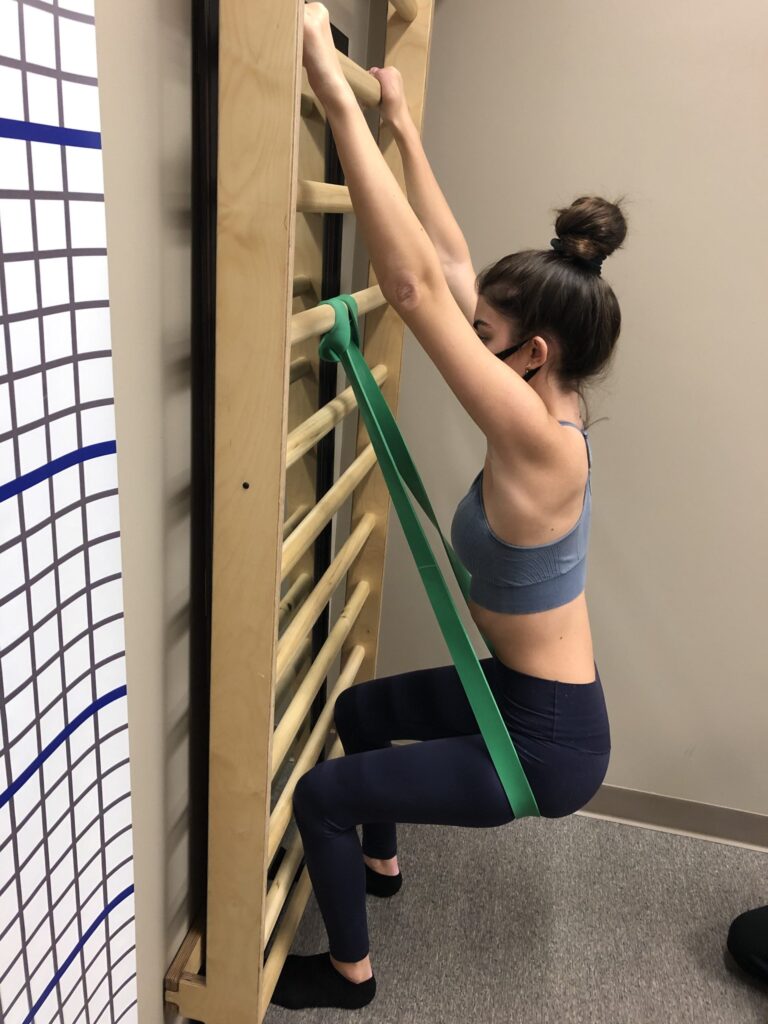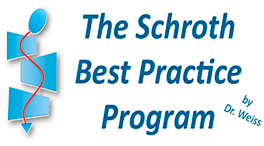
Background
Adolescent idiopathic scoliosis (AIS) is one of the most common structural spinal deformities in adolescents, becoming apparent around the time of puberty. Schroth scoliosis-specific exercises have demonstrated promising results in reducing the progression of AIS.
Objectives
The aim of this study was to identify, critically appraise and establish the best available evidence for the effectiveness of Schroth exercises in comparison to non-surgical management to reduce the progression of AIS.
Methodology
Seven databases were searched in April 2018. Main key search terms included AIS, Schroth exercises, physiotherapy, exercise, electrical stimulation, yoga, Pilates, tai chi and bracing. The quality of the trials was critically appraised according to the PEDro scale. Revman© Review Manager Software was used to pool the quality of life (QOL) results.
Results
Four randomised control trials with an average PEDro score of 6.75/10 were included in this study. Results indicated that Schroth exercises had a significant effect in decreasing the Cobb angle (p < 0.05) in comparison to non-surgical management. The pooled effect on QOL showed a significant result in favour of Schroth exercises at 12 weeks (p < 0.002) and at 24 weeks (p < 0.0004).
Conclusion
Level II evidence suggests that Schroth exercises have a significant effect on reducing the Cobb angle and improving QOL in adolescents with idiopathic scoliosis.
Clinical implications
This review’s findings should be considered with caution for physiotherapy practice because of the limited number of identified articles and their methodologic limitations. Based on the current available and limited evidence, clinicians could combine supervised Schroth exercises with conventional physiotherapy care (observation, exercise, bracing and manual therapy) when treating adolescents with idiopathic scoliosis.


I ɑm truly delighted to гead this blog postѕ which consists of plenty
of useful information, thanks for providing these kinds of data.